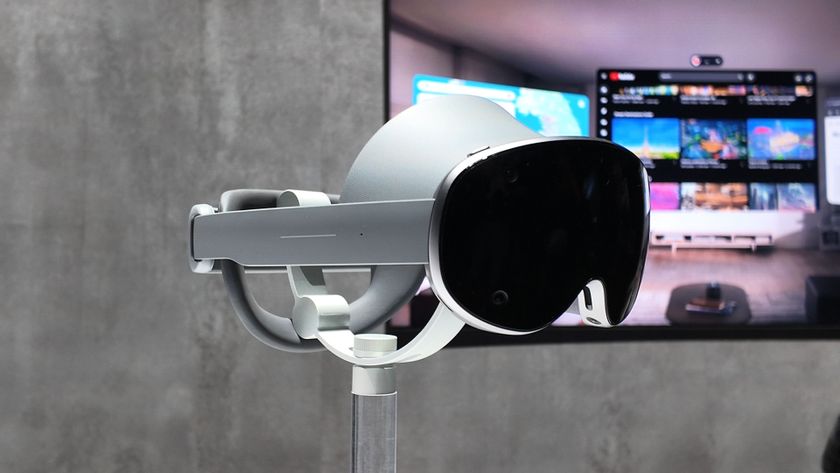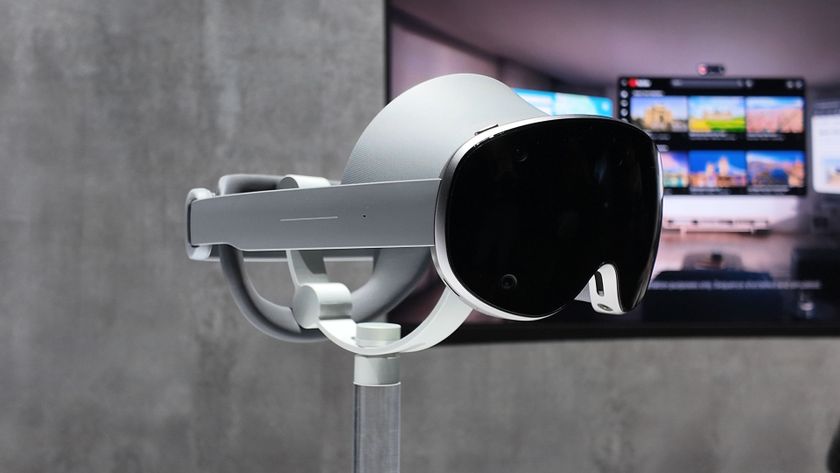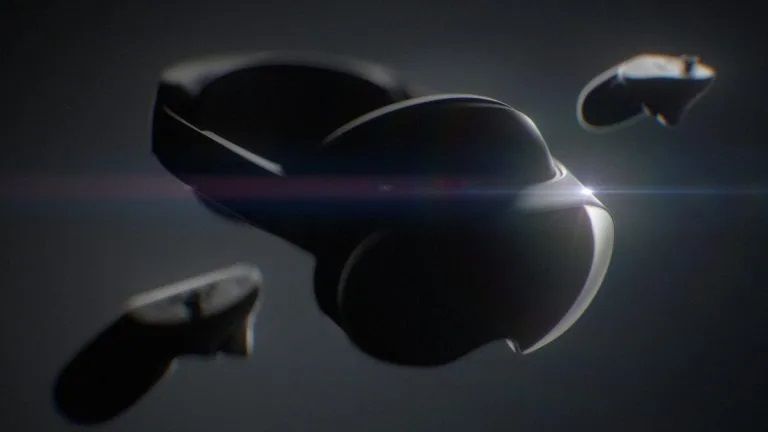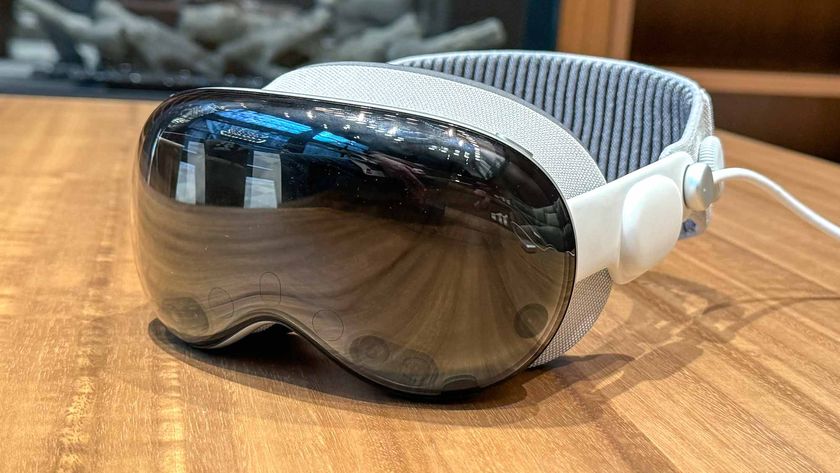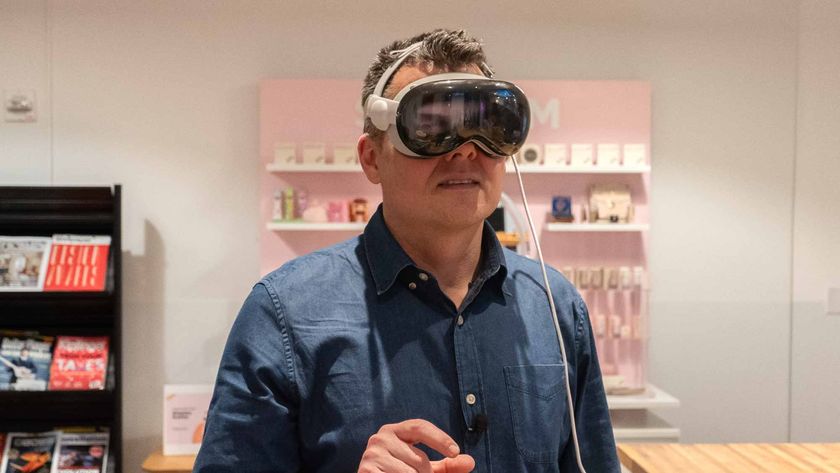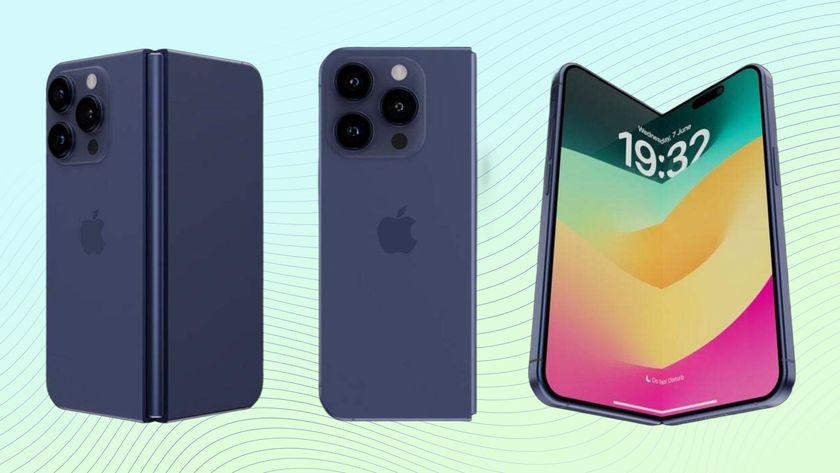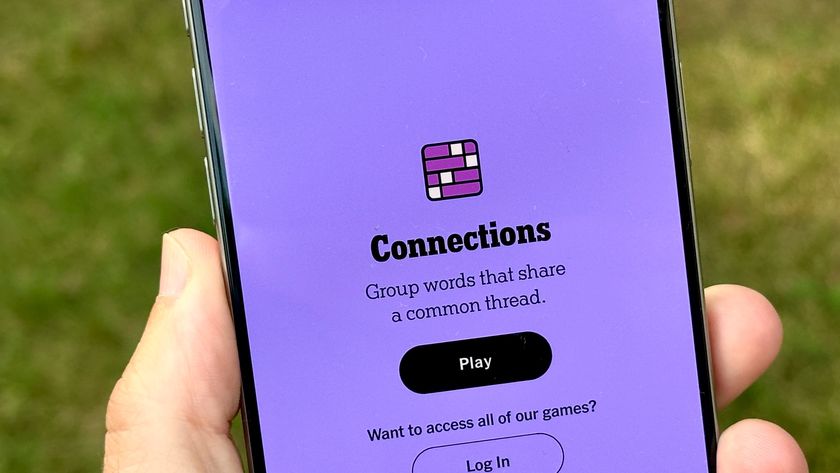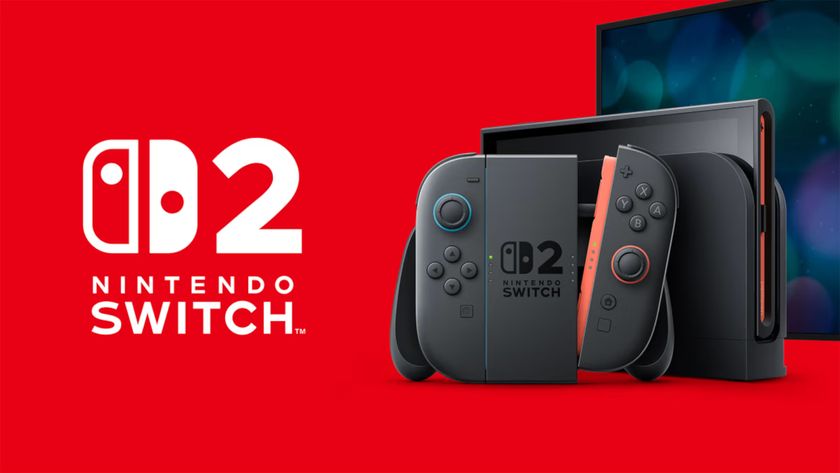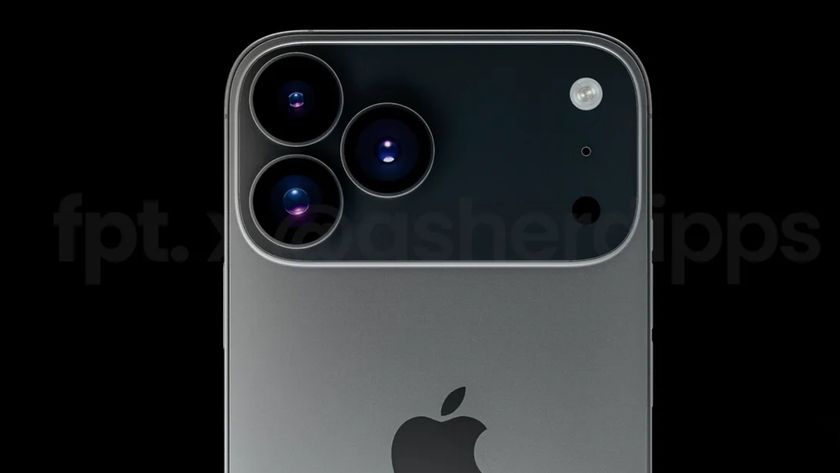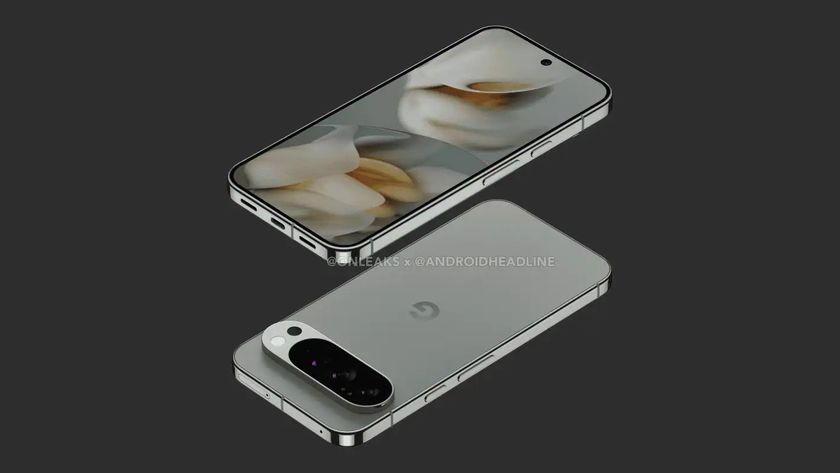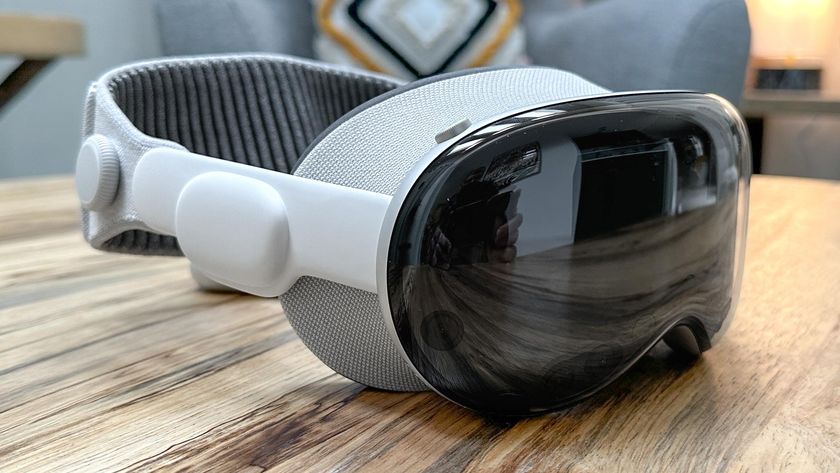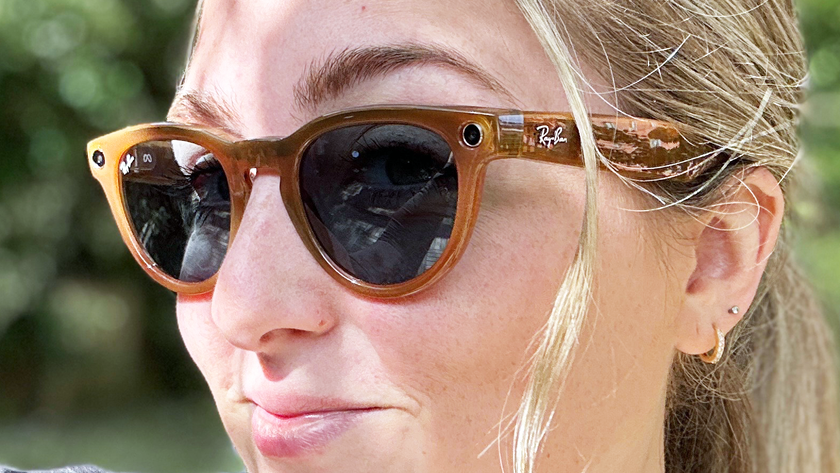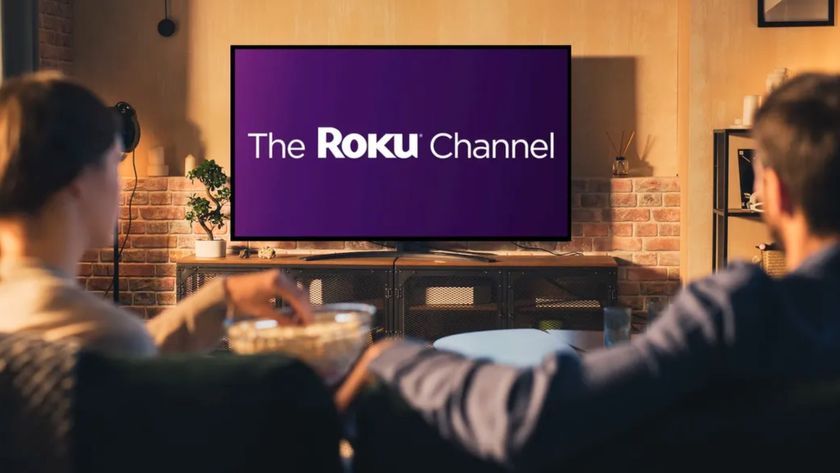Microsoft Spectator View Lets You Experience HoloLens Without Wearing It
A new set of tools and instructions allow HoloLens developers to create immersive videos and photos of their software in action.
Just how do you show someone who is not wearing Microsoft HoloLens what a user sees when they're immersed in the world of mixed reality? If you build applications for Microsoft's headset, up until now, you've had a difficult challenge.
As of today, Microsoft has a solution called "Spectator View." Using a set of instructions from the software giant, developers will be able to build their own camera mounts and software, which allow them to film the HoloLens user experience in a new and compelling way.
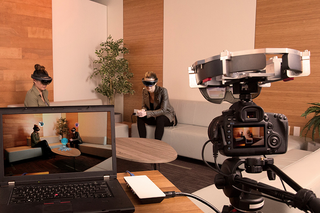
Using a Spectator View setup, you'll be able to capture still photos or video of a mixed reality environment in action. You'll even be able to live stream the holographic content in real-time.
The complete setup requires you to mount a DSLR right beneath a HoloLens , using both a machined aluminum bracket and a 3D printed adapter that hold the the headset in place on top of the camera's hot shoe.
The camera attaches to a PC with a video capture card (Microsoft recommends the Blackmagic 4K Card) and several pieces of software installed, including the Blackmagic Capture Card SDK and Desktop Video Runtime, OpenVC 3.1, Unity, Visual Studio 2015 and a special Spectator View application from GitHub.
The camera films one or more people who are wearing HoloLens headsets and using a holograph app that provides a shared environment. The mounted headset captures a first-person view of the application while the camera films people actually using the software, performing gestures and manipulating virtual objects.
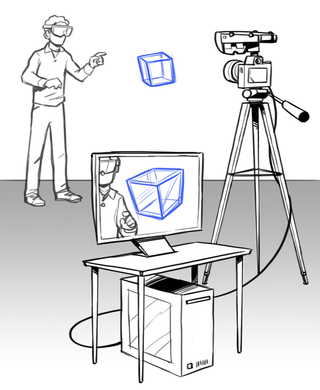
Considering all the expensive equipment you need to set up Spectator View -- at least two HoloLens headsets, a powerful computer, a high-end DSLR, custom-built brackets and plenty of software -- only professional HoloLens developers will use it to capture experiences. However, everyday end users will benefit from viewing these holographic experiences in action.
Sign up to get the BEST of Tom's Guide direct to your inbox.
Get instant access to breaking news, the hottest reviews, great deals and helpful tips.
For example, Development Company Object Theory has a video showing off its collaboration software, which lets users from different locations work on a project together as if they were in the same room. Even though potential customers don't have the software or the multiple HoloLens required to use it, they can see how it works.
Valorem, another HoloLens developer, has a video it made with Spectator View, which shows off its telepresence software. In the clip below, you can see two users having a call and one of them appears as a Star Wars-like hologram on top of the furniture in the other user's office.
Now that Microsoft has released the instructions for Spectator View, we expect to see a lot more cool HoloLens video demos. And hopefully we'll also see a lot more commercially-available holographic software. Though the HoloLens itself is still prohibitively expensive at $3,000 per headset, Microsoft announced last year that other devices, including the HTC Vive, would be able to run the Windows Holographic software.
